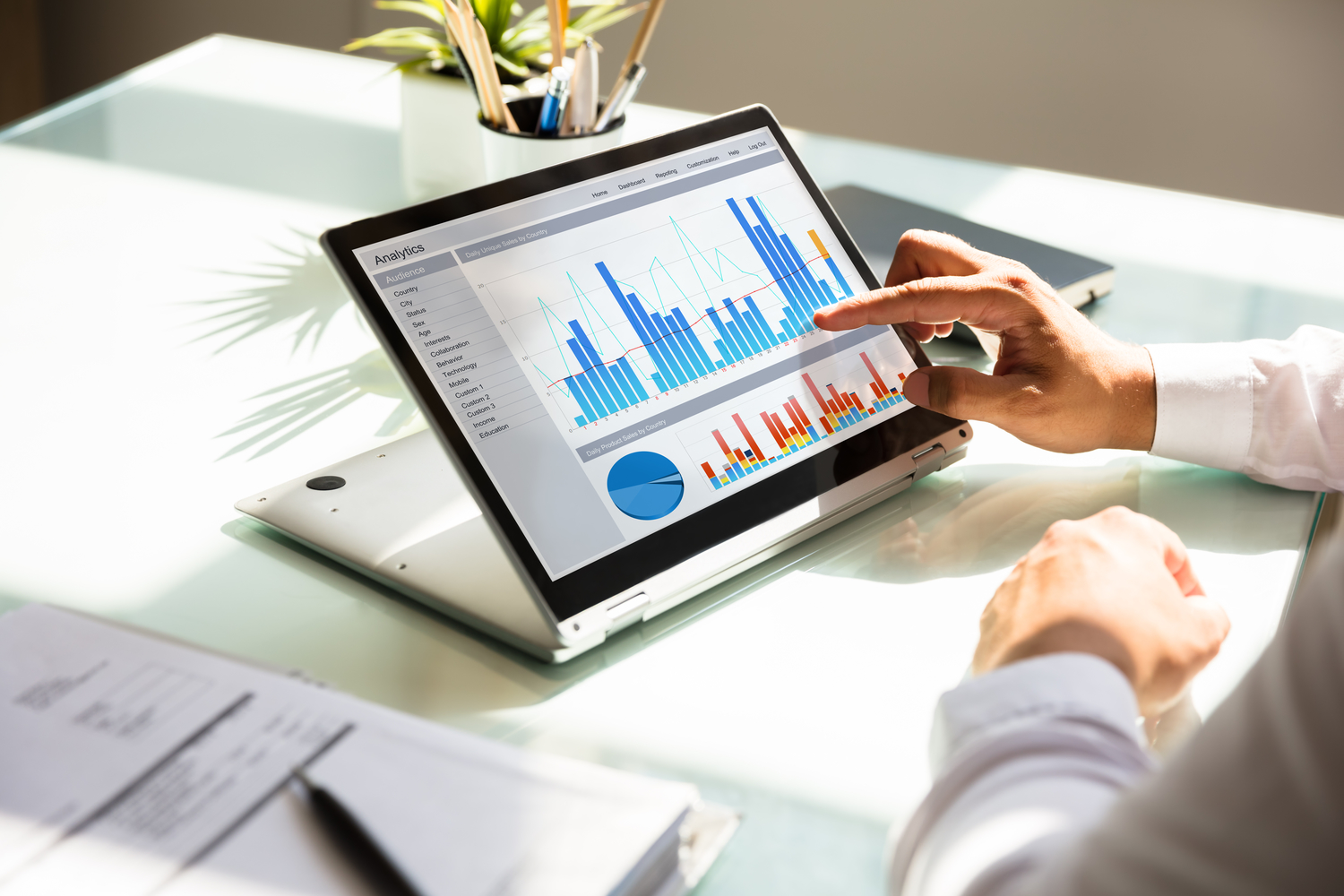Examples Of Predictive Analytics That You Need To Know
Examples of predictive analytics that you need to know
The Google Flu Trend is one of the great examples of predictive analytics. Predictive analytics has a variety of practical implementations and there are a number of industries where this technology is used.
It is used to predict the weather, insurance premium, trading in stocks, healthcare, retail, and many more. In fact, these days predictive analytics has become a tool for decision-making in a number of industries and government organizations.
How does Facebook use predictive analytics?
- Facebook is one of the prime examples of predictive analytics. Facebook optimizes its news feed for individual users with the help of predictive analytics.

Why does the NSA use predictive analytics?
- The National Security Agency is a prime example of predictive analytics used to organize law enforcement activities.
- The NSA collects data about citizens through Facebook and other social network posts, mobile texts, phone calls etc.
How does Uber use this technology?
Uber is amongst the top examples of a company using predictive analytics. They have shown that it can be used to predict specific destinations where passengers are likely to get down. Uber has achieved about 74% accuracy in its attempt. It takes into account factors such as how many business establishments are there in the vicinity of the area. It may also take into account how many government offices or factories or business establishments are there in the vicinity.
Why does Airbnb use predictive analytics?
Airbnb is also amongst the top examples of predictive analytics in the area of booking. It uses this technology to predict the probability that a host will accept a users request for accommodation. It has helped the company enhance its booking conversions by about 4%. The percentage may seem to be trivial, but considering that it books about 12 million guests per night, the amount is significant.
How does Shell use predictive analytics?
Shell uses predictive analytics to predict the number of likely accidents per team of workers in its oil refineries. With the help of this technology, it has come up with an observation that increased employee engagement leads to fewer accidents. It has observed that even a 1% increase in employee engagement in a team can lead to about a 4% reduction in safety violations.
Are there any maritime examples of predictive analytics?
- Maritime companies can use predictive analytics to predict catastrophic maritime accidents. This, in turn, can help them to assess the risk to its vessels and manpower. Such an assessment can help them take the necessary precautions saving resources.
- RightShip uses predictive analytics to predict such accidents. It helps them to make informed decisions about vessels to choose and routes to avoid. They also profile vessels in accordance with the threat perception.
- It has been observed that about 10% of the highest risk vessels are three times more likely to get involved in an accident than others in next one year. These vessels are also 16 times more likely to incur a casualty than those vessels which are at least 10% less risky than these.
